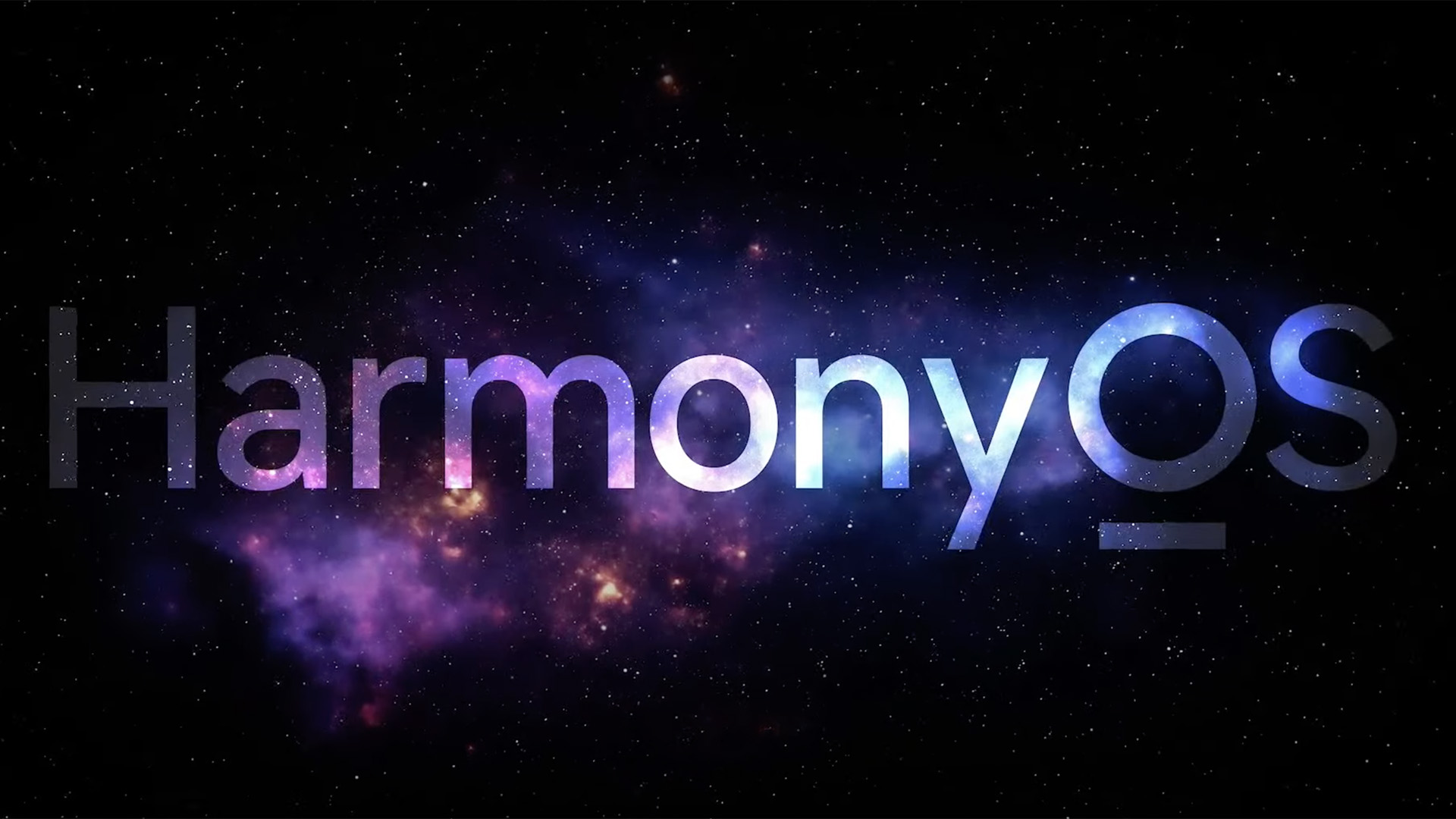

The Harmony OS is Huawei’s proprietary operating system to release its reliance on the Android platform and the restrictions put on it by Google. In a detailed presentation live-streamed this week, the Chinese tech company detailed the advantages of this new system in uniting all electronic devices under one OS.
The biggest selling point of Harmony OS is that it can run on any device, including smartphones, smartwatches, tablets, TVs and car head units. But it can even run on IoT devices, like your fridge, smart speaker and toaster oven. Anything that has 128KB of RAM is able to run it – not something you can say for other OS.
The idea is that all devices work in harmony (hence the name) and allow you to use them as if they were all extensions of one super device. “One as all, all as one”, was the mantra given in perhaps an intended tribute to the Three Musketeers – or maybe Dogtanian.
- Huawei teases its new flagship P50 smartphone, and it looks stunning
- Huawei Watch 3: the stunning new Harmony OS smart watch
- Huawei MatePad Pro 12.6-inch is the first Harmony OS tablet, and you can use it like a PC
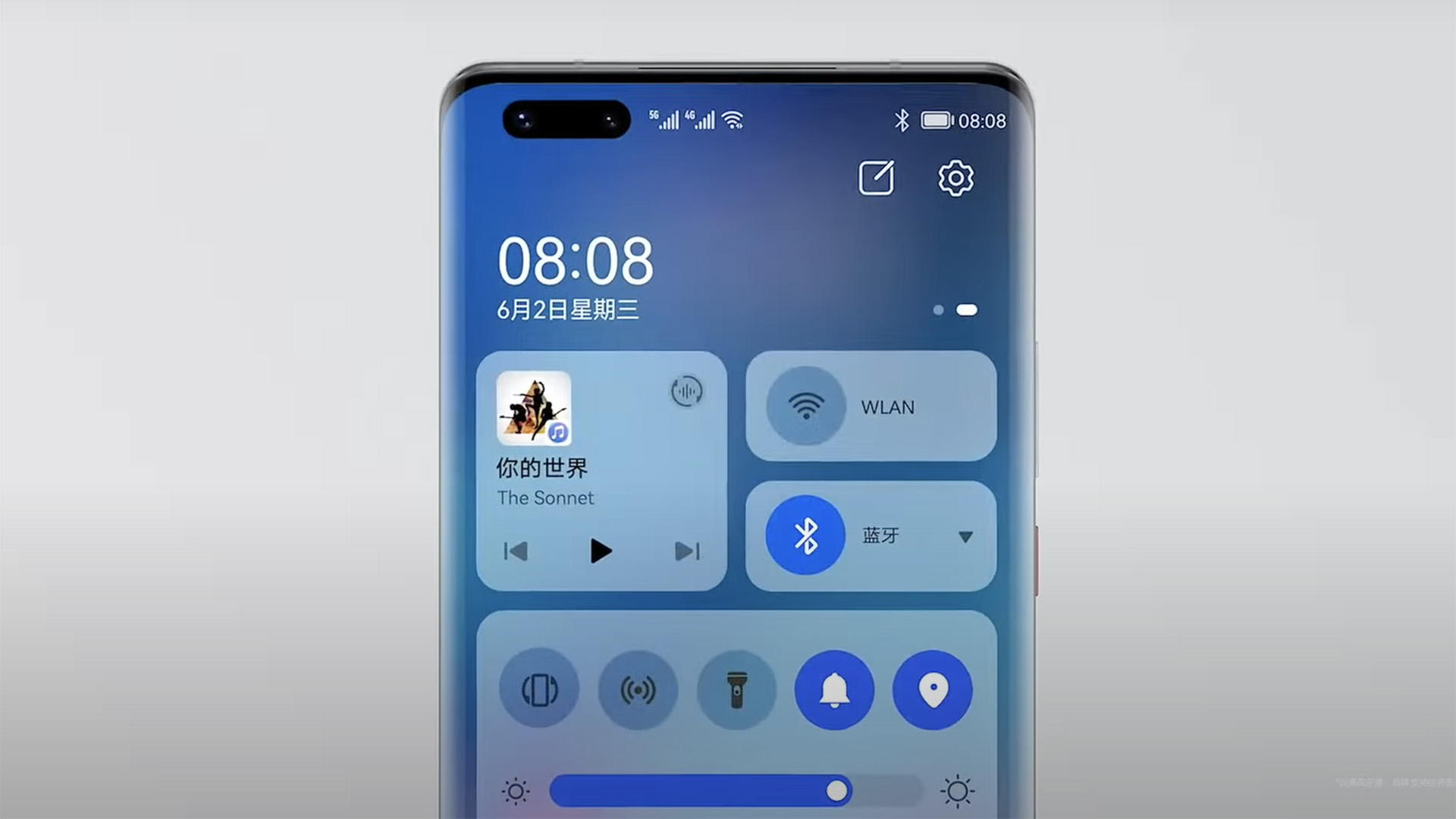
Harmony OS Control Panel
This is a new era where all devices are connected, and so Harmony OS allows the devices to communicate more effectively. It creates on super device by linking together devices such as your smartphone, drone and video camera to offer a multicamera control. It can also you’re your PC, tablet, smartphone and desktop monitor, dragging and dropping files between the devices and turning the tablet into a second screen and allowing you to use the stylus with the PC. Huawei PCs are the only devices not currently switching to Harmony OS, however, a plug-in for Windows allows them to still work within the ecosystem.
The Harmony OS Control Panel is the center of this connectivity and allows you quick access to all of the devices on your network. This is displayed as a series of widgets, such as a music widget that allows you to pick from your streaming services and output devices. The Bluetooth and Wi-Fi widget allows you to see all the devices connected to the control panel from your phone. Connecting to a new device is also made easy, with a graphical-based display of the available devices. You simply drag the phone icon to one of the other devices to connect.
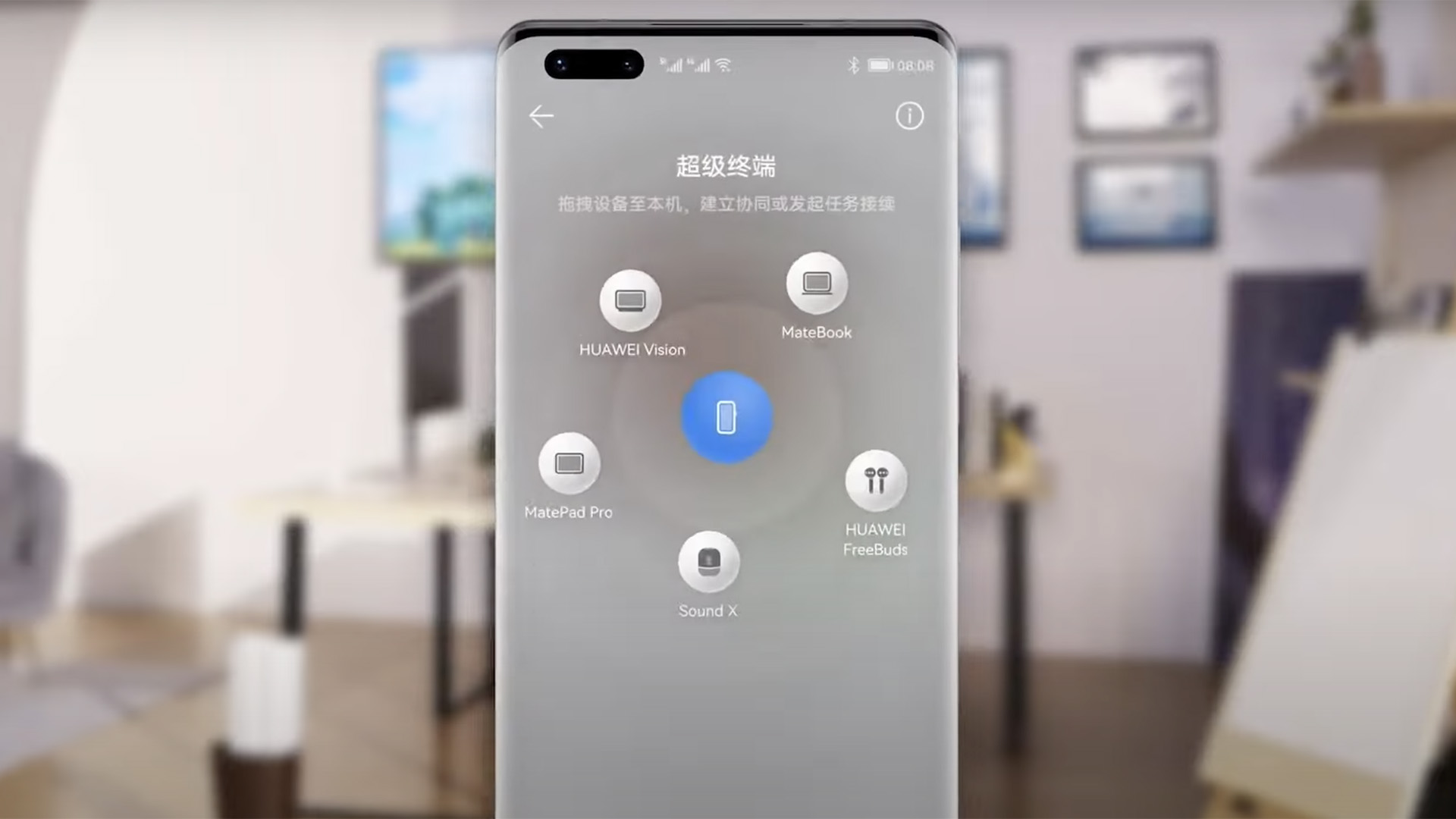
Pairing with your phone just involves dragging the icon towards the device.
Connected devices avoid going out of sync through the use of a special “soft clock synchronization.” This uses a single reference clock to make sure that the sound that is coming out of your smart speaker is perfectly synced with the video on your TV or smartphone. This is a nice addition if it works as well as it suggests.
Sign up to the T3 newsletter for smarter living straight to your inbox
Get all the latest news, reviews, deals and buying guides on gorgeous tech, home and active products from the T3 experts
While the control panel is currently only available on smartphones, tablets and watches, Huawei plans that eventually all devices with a screen will support it. Connecting to home IoT devices is as simple as tapping the phone against the device to connect it. The presentation gave examples of a toaster oven being connected and offering up receipe ideas, and a fridge being connected, giving the phone the ability to control temperatures and get advice on optimum storage times.
In a step that is likely to horrify those who are precious about their data, it also gave a connected example of your health data being shared (with permission) to a drinks company, who would then recommend the right product for you. The idea is a more personalized service but how successful this would be internationally is questionable.
On the Harmony OS home screen newly developed “atomic service” apps are able to provide a quick view by swiping up on them. These quick views can also then be pinned to the home screen as widgets. Other cool features included recommendations of other apps to add to a folder when placing one app on top of another and larger smart folders that clearly show the apps within that folder.
As well as using Harmony OS on all new devices (apart from PCs), Huawei intends to upgrade 100 existing models to the platform over the coming year. These include models such as the Mate 40, P40 series, Mate 30 series and MatePad Pro. Older models are planned for upgrade in early 2022.
As T3's Editor-in-Chief, Mat Gallagher has his finger on the pulse for the latest advances in technology. He has written about technology since 2003 and after stints in Beijing, Hong Kong and Chicago is now based in the UK. He’s a true lover of gadgets, but especially anything that involves cameras, Apple, electric cars, musical instruments or travel.
-
 New Huawei foldable teased in video, could beat Apple to the punch
New Huawei foldable teased in video, could beat Apple to the punchIt's an official video too – it's from Huawei's CEO, Richard Yu
By Britta O'Boyle Published
-
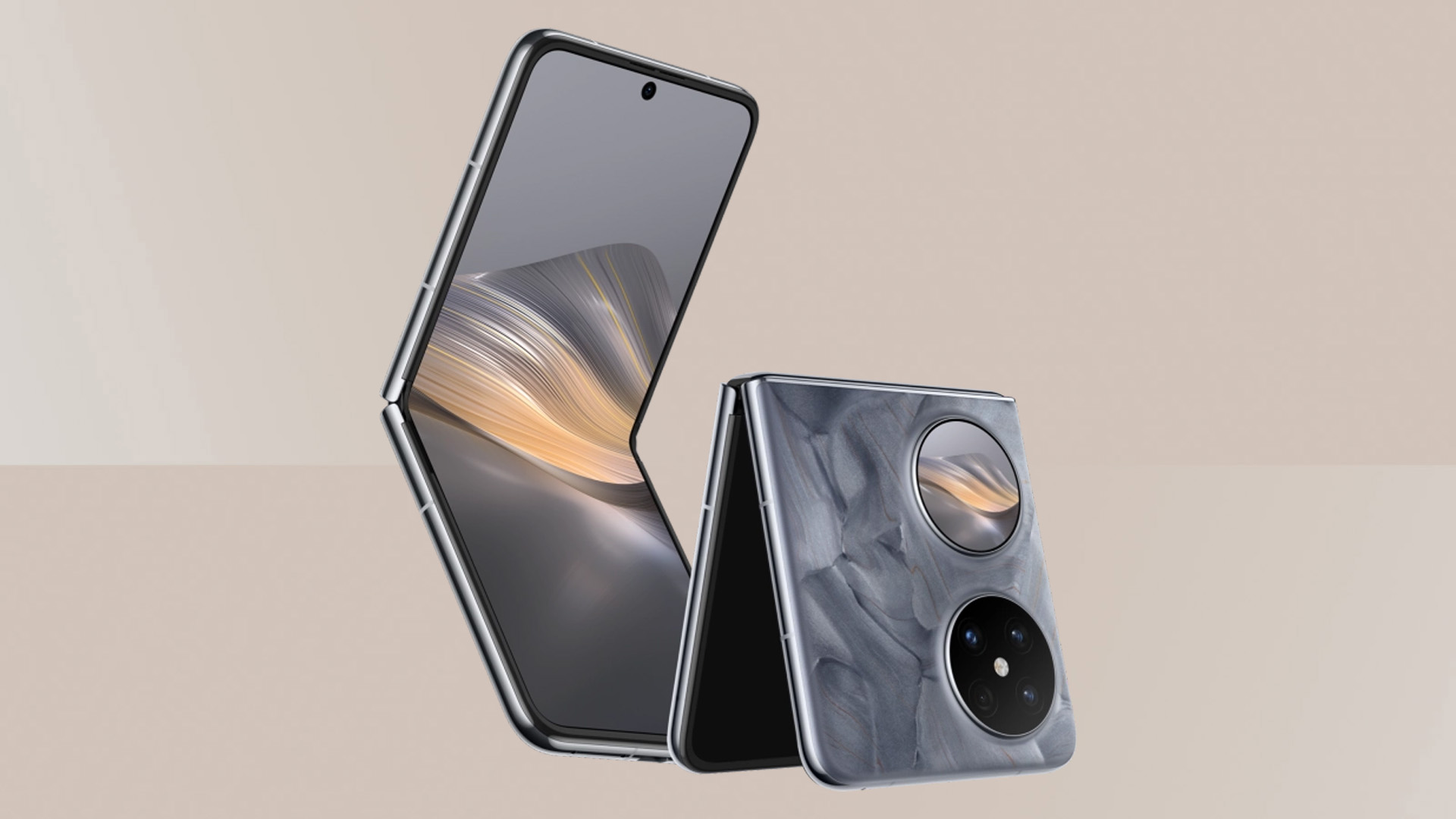 The Huawei Pocket 3 is tipped to be a foldable with a difference
The Huawei Pocket 3 is tipped to be a foldable with a differenceAnd it could mean a big change for future flip phones
By Britta O'Boyle Published
-
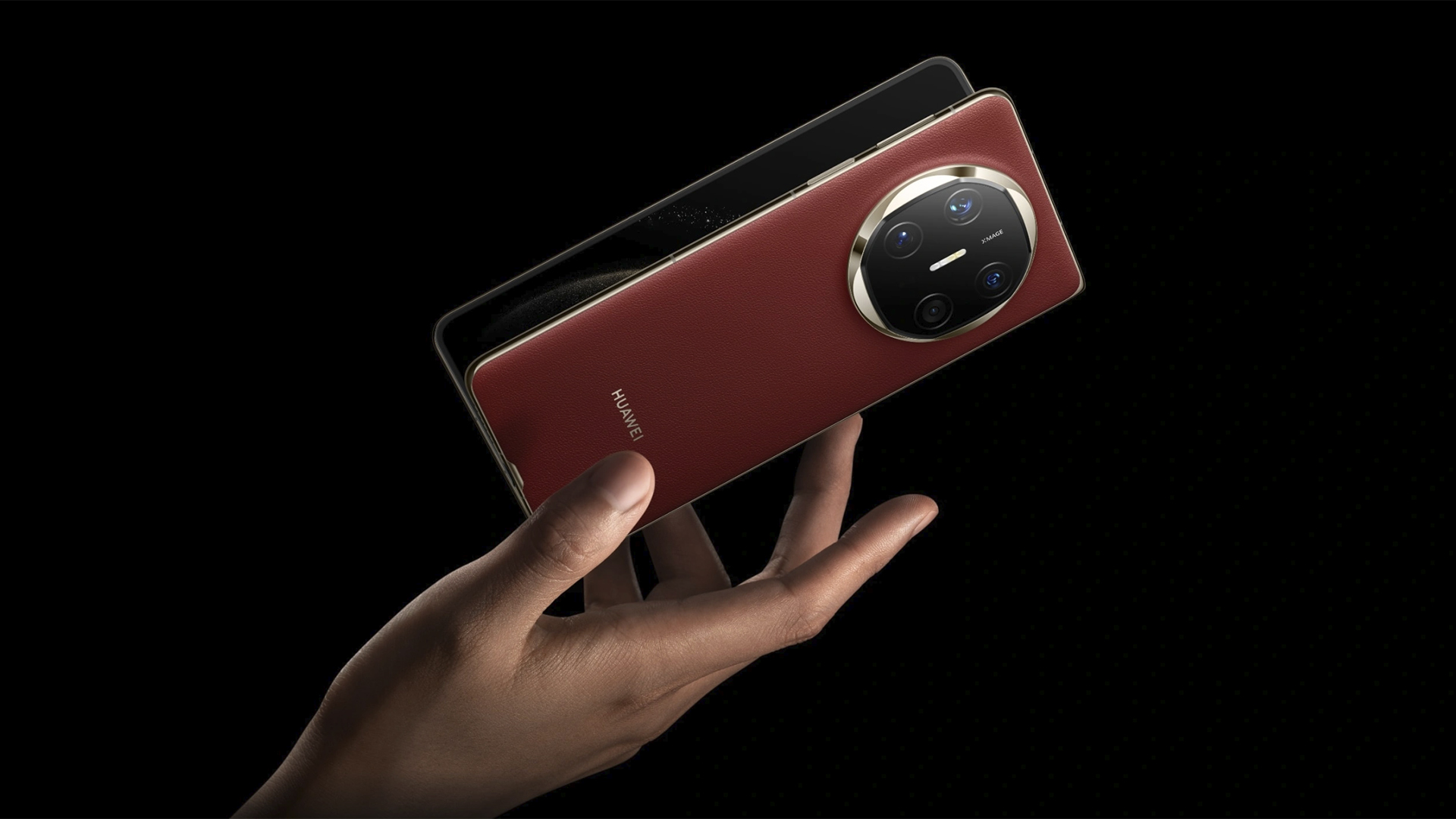 Samsung's best Galaxy foldable has a new competitor coming to town
Samsung's best Galaxy foldable has a new competitor coming to townThe Huawei Mate X6 is going global
By Mike Lowe Published
-
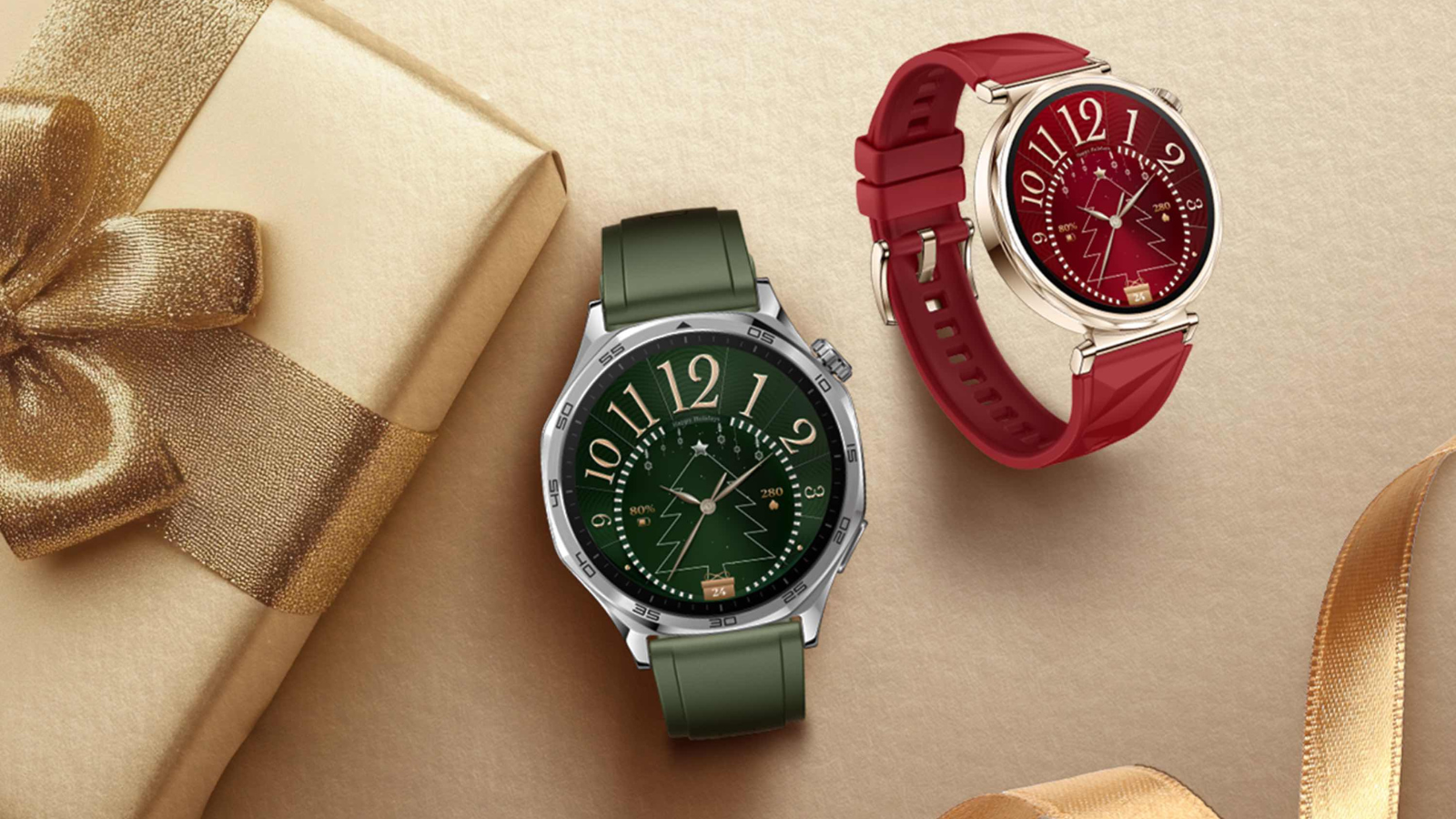 Why the HUAWEI WATCH GT 5 will steal the show under your tree this Holiday Season
Why the HUAWEI WATCH GT 5 will steal the show under your tree this Holiday SeasonUnder the tree or on the wrist, the HUAWEI WATCH GT 5 shines this Christmas
By T3.com Published
-
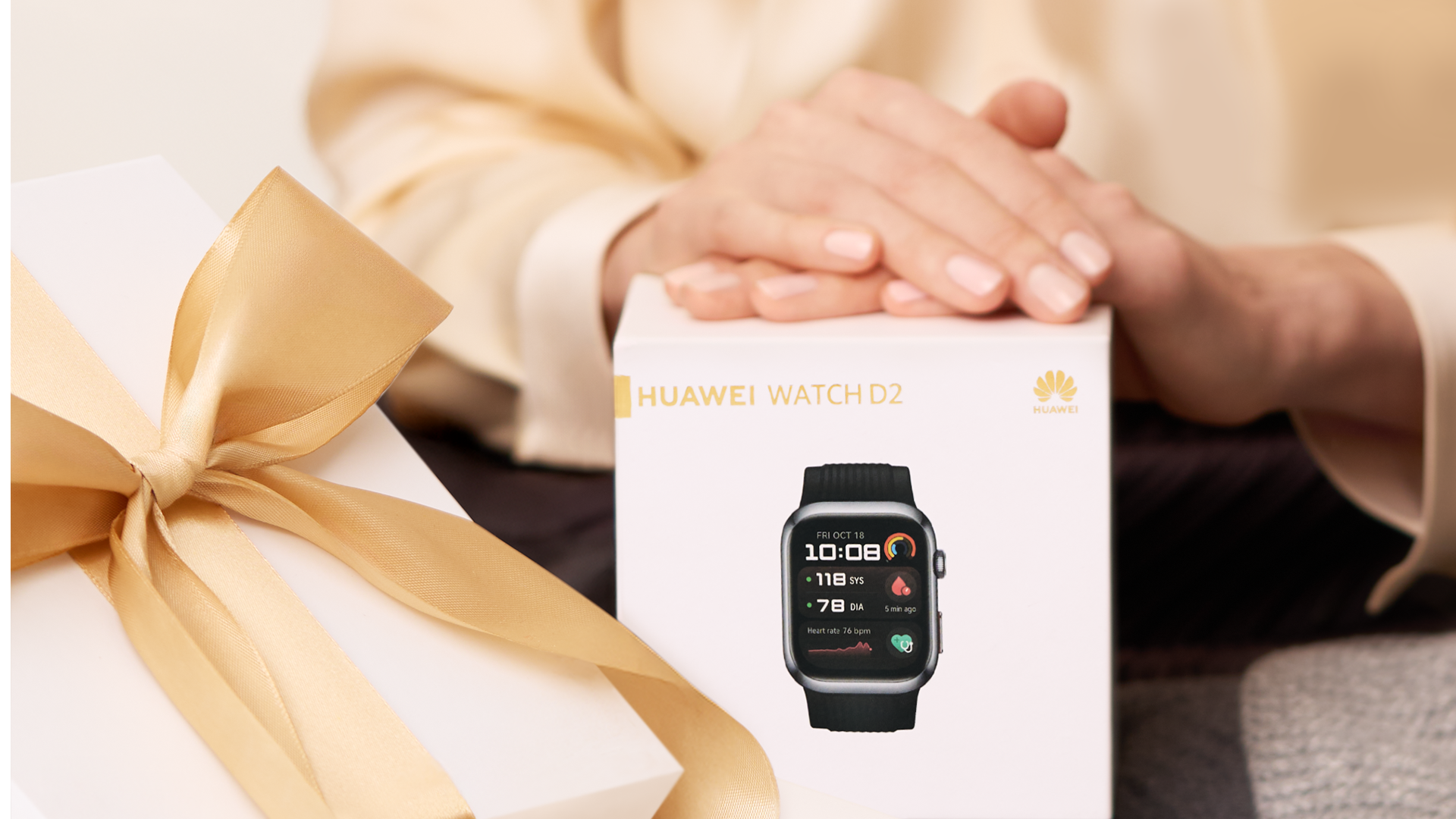 Tech the Halls: Holiday Shopping Made Easy with These Picks from Huawei
Tech the Halls: Holiday Shopping Made Easy with These Picks from HuaweiGive the gift of innovation this Christmas with Huawei
By T3.com Published
-
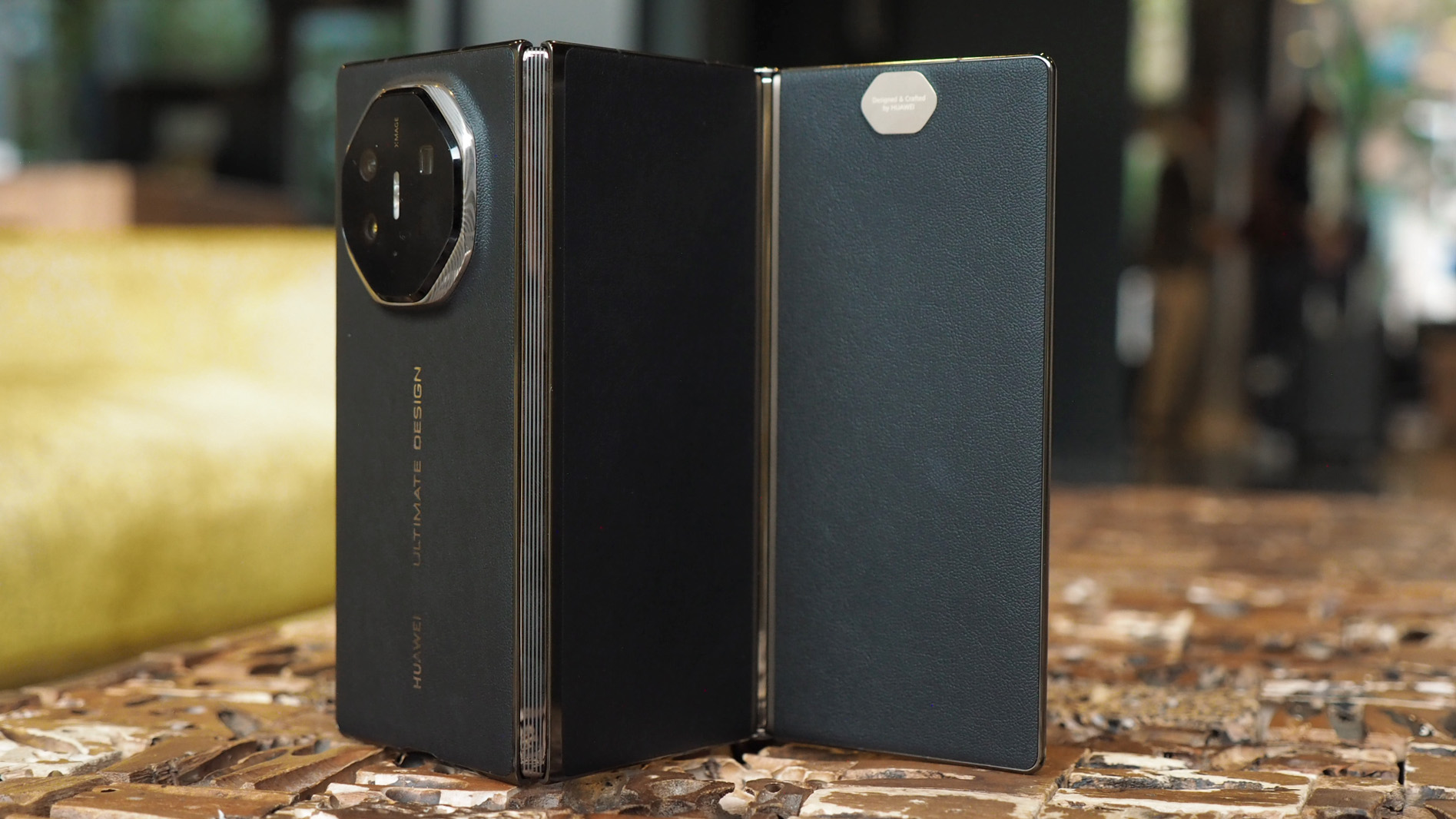 Huawei's tri-fold phone could launch globally much sooner than expected
Huawei's tri-fold phone could launch globally much sooner than expectedNext week, in fact
By Britta O'Boyle Published
-
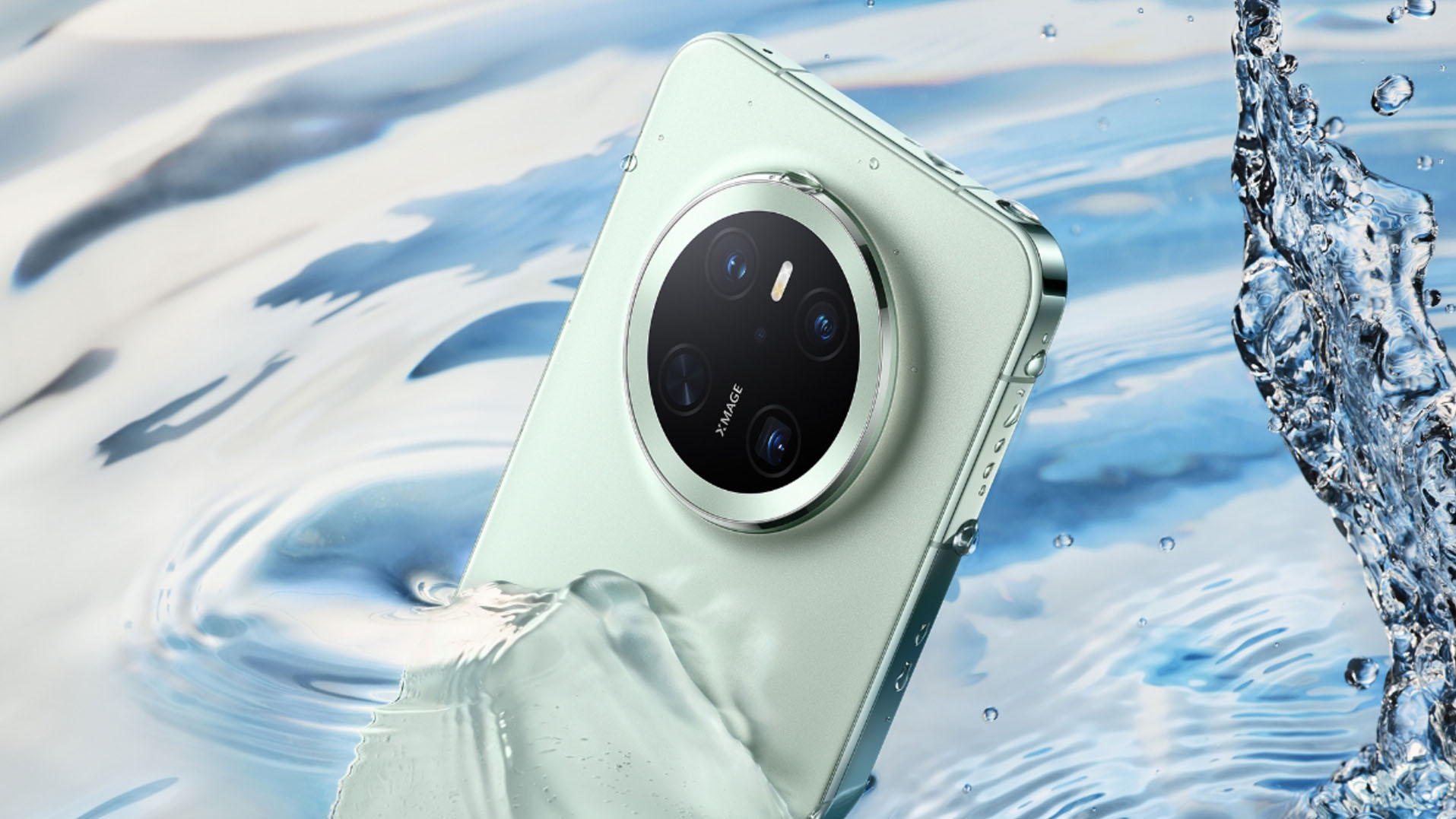 Huawei finally ditching Android in favour of its own system
Huawei finally ditching Android in favour of its own systemHuawei drops its last link to the past
By Chris Hall Published
-
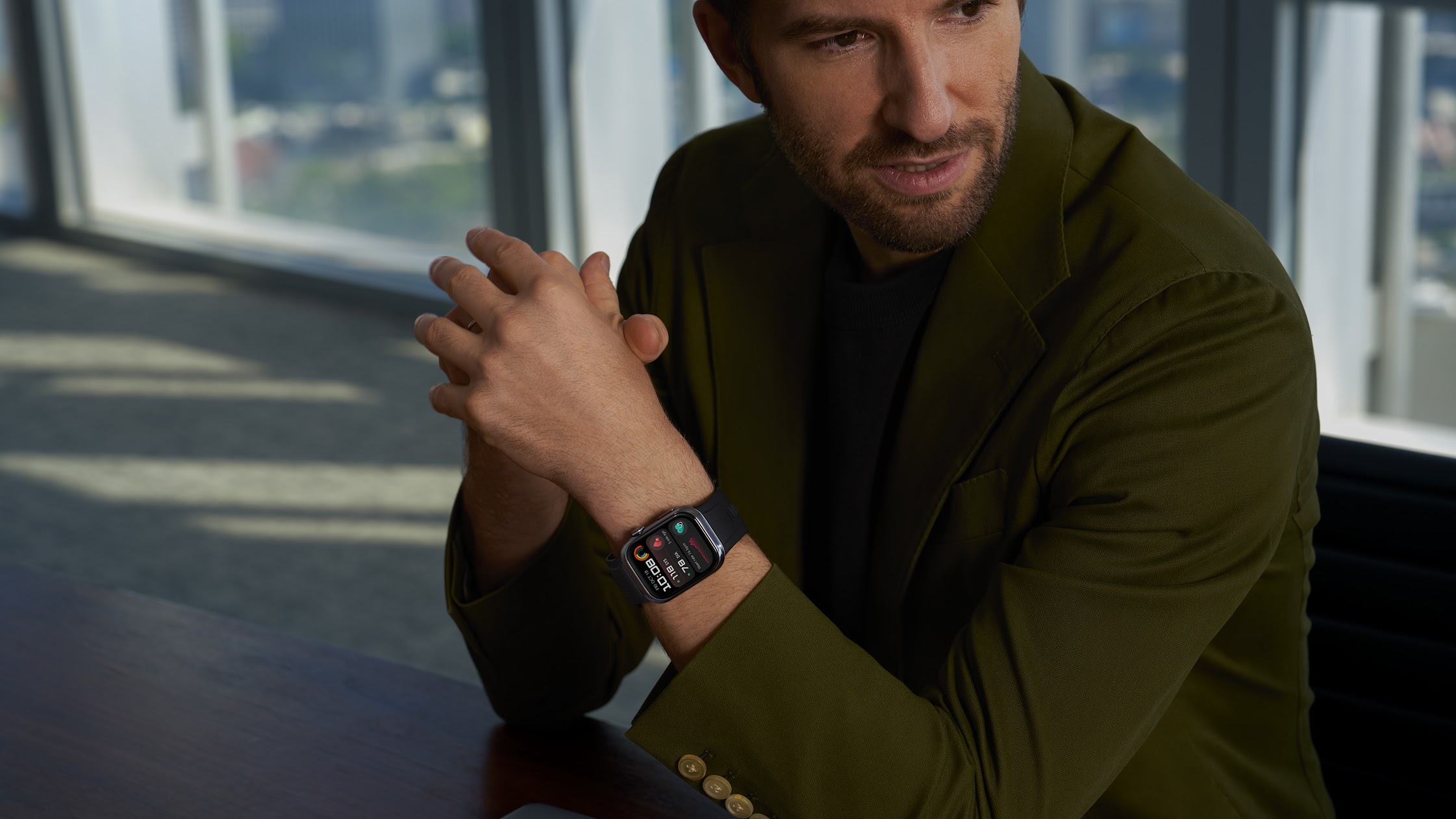 Huawei launches world's first medically certified smartwatch, and it monitors your blood pressure 24 hours a day
Huawei launches world's first medically certified smartwatch, and it monitors your blood pressure 24 hours a dayThe Watch D2 is Huawei’s most cutting-edge smartwatch to date
By T3.com Published

